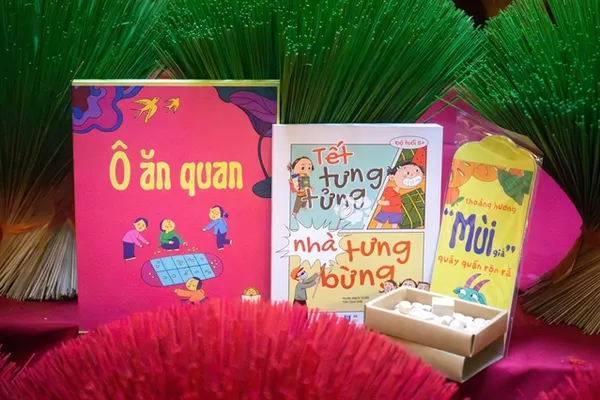 Op-Ed
Op-Ed

Prime Minister Nguyễn Xuân Phúc on Thursday wrapped up his long-awaited trip to the United States with an hour-long talk face-to-face with President Donald Trump, almost half a year after their first contact via a phone call.
Chi Lan
On balance, the positives far outweighed the not-so-positive as Prime Minister Nguyễn Xuân Phúc wrapped up his long-awaited trip to the United States
This was reflected in the PM’s direct talks with President Donald Trump, almost half a year after their first contact on the phone.
The business orientation of the trip was evident. The PM’s schedule was marked by almost constant meetings with representatives of US business giants like Exxon Mobile, Coca-cola, Boeing and Nike.
Phúc deliberately spent a lot of time with potential business partners of Việt Nam, attending two roundtables with US enterprises and investment funds in New York and Washington DC.
On the last leg of his US trip, Phúc had in hand major commercial deals worth some US$8 billion signed by Vietnamese and US enterprises.
But this was only half of the value Hà Nội had hoped to nail by the time the PM met Trump.
However, the US Commerce Department said 13 new transactions with Việt Nam involved $3 billion worth of US-produced content, which would support more than 23,000 American jobs.
“They (Việt Nam) just made a very large order in the United States - and we appreciate that - for many billions of dollars, which means jobs for the United States and great, great equipment for Việt Nam," Trump told reporters as he received Phúc at the White House.
Murray Hiebert, a Southeast Asia expert at Washington’s Centre for Strategic and International Studies, told Reuters that the Trump administration welcomed such new business deals with Việt Nam, but it was not enough.
"They want Việt Nam to bring some ideas about how to tackle the surplus on an ongoing basis,” he said.
Trade between Việt Nam and the US has grown over the last three decades when Việt Nam launched its Đổi mới (Renewal) process, and soared in the two decades since the former foes normalised relations.
The increased trade has seen balance widen in Việt Nam’s favour, leaping from around $7 billion in 2006 to $32 billion a decade later.
This gap is not looked upon with much favour by the Trump administration. The President had signed an executive order in March to investigate 16 countries with which the US has a bilateral trade deficit, including Việt Nam.
The Trump administration has also made clear its preference for bilateral, rather than multilateral trade pacts. Hà Nội, disappointed by Washington’s withdrawal from the Trans-Pacific Partnership (TPP), was testing its chance of reaching a bilateral trade deal with the US that could salvage some of what it would have gained under the TPP.
The outlook for such a deal remains blurred. In the joint statement released after the leaders’ met, the two countries affirmed that they would promote bilateral trade through the Việt Nam-US Trade and Investment Framework Agreement. The agreement, reached in 2007, was suspended in 2011, and only resumed this March. It can be safely assumed that the framework will be the main channel for bilateral trade negotiations in the short-term.
However, the two leaders saw many opportunities ahead for United States-Việt Nam relations in a wide range of areas: political, diplomatic, economic and trade ties, science and technology, national defence and security, education, people-to-people exchange, humanitarian and war legacy issues, as well as regional and international issues of mutual concern.
The joint statement, in particular, delivered something of a surprise for observers on the East Sea (South China Sea) issue. Some analysts had initially expressed concerns that President Trump, engaged with North Korea and the Russia probe, might not lend too much weight to the East Sea dispute that Việt Nam is involved in.
The joint statement highlighted the importance of parties refraining from actions that would escalate tensions, "such as the militarisation of disputed features".
Besides the usual commitment expressing support for the peaceful resolution of disputes in line with international law, President Trump also stressed that the US will “continue to fly, sail, and operate anywhere international law allows.”
PM Phúc made history as the first Southeast Asian leader to meet with President Trump since he took office early this year.
His trip was preceded by a State visit to China by President Trần Đại Quang and is soon to be followed with another trip to Japan just a few days after returning from the US.
This hectic schedule shows that Hà Nội is being proactive in promoting increased understanding with not only the US, but also China and other major stakeholders. This approach makes sense, because it is how Việt Nam can gain optimum mileage and impact from its diplomatic overtures.
This approach is also in keeping with our history as a small nation that has held its own among Goliaths. While it cannot decide things on its own at a global level, Việt Nam can effectively facilitate just solutions to local and international crises. — VNS




